PPT-Low Cost Transient Fault Protection
Author : luanne-stotts | Published Date : 2018-11-16
Using Loop Output Prediction Sunghyun Park Shikai Li Scott Mahlke 1 Fault Protection Strategy Fault Protection Strategy Value1 Value2 False True Orig copy 2nd
Presentation Embed Code
Download Presentation
Download Presentation The PPT/PDF document "Low Cost Transient Fault Protection" is the property of its rightful owner. Permission is granted to download and print the materials on this website for personal, non-commercial use only, and to display it on your personal computer provided you do not modify the materials and that you retain all copyright notices contained in the materials. By downloading content from our website, you accept the terms of this agreement.
Low Cost Transient Fault Protection: Transcript
Download Rules Of Document
"Low Cost Transient Fault Protection"The content belongs to its owner. You may download and print it for personal use, without modification, and keep all copyright notices. By downloading, you agree to these terms.
Related Documents

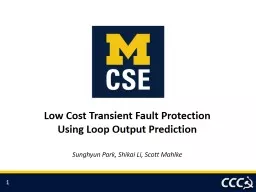
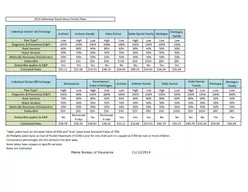
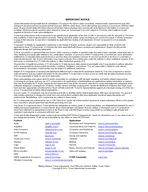


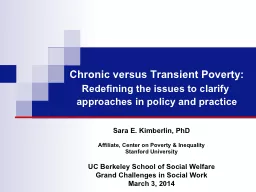
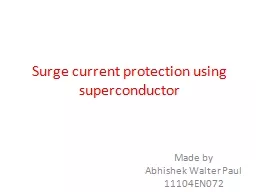





![[READ] Low Carb: Low Carb Weight Loss Secrets Box Set (Dash Diet, Slow Cooker Meals, Low](https://thumbs.docslides.com/881235/read-low-carb-low-carb-weight-loss-secrets-box-set-dash-diet-slow-cooker-meals-low-carb-cookbook-low-carb-recipes-low-car.jpg)
